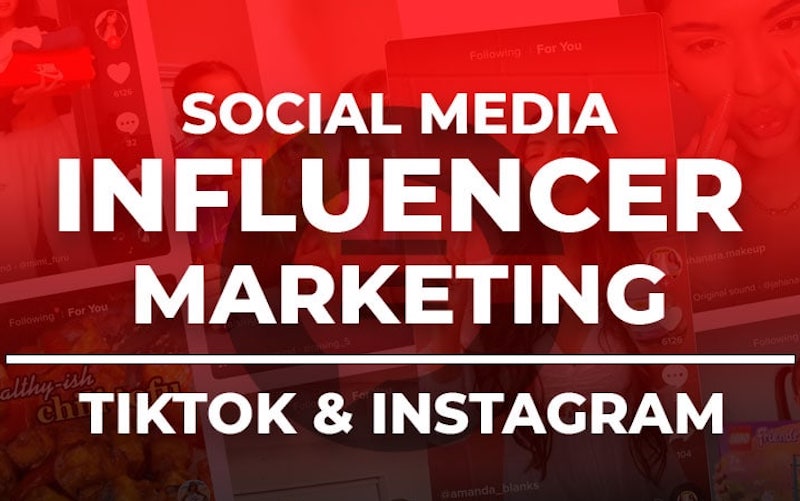
Influencers routinely promote goods and services to their followers on Instagram and TikTok. Federal law requires influencers to “clearly and conspicuously” label content for which they are paid, but the social media environment deliberately blurs the lines between paid and unpaid content. We study whether Instagram and TikTok users can identify paid influencer marketing content from six different influencers. On average, 29% of respondents believed paid marketing content from six different influencers were not paid ads and 8% were unsure, with significant variation by influencer. The labeling used by influencers to identify influencer marketing content is not consistent – let alone clear and conspicuous. There is also considerable heterogeneity in how respondents interpreted the labels that are being used by influencers. We also find evidence of two-way blurring; on average, 29% of respondents thought unpaid influencer content on Instagram and TikTok were paid ads, and 9% were unsure, with significant variation by influencer. Influencer marketing on Instagram and TikTok involves a significant risk of deception that is not adequately addressed by current policies.
































